Types of Mazda 13B Engines
The Mazda 13B is one of the most iconic rotary engines ever produced, powering legendary vehicles like the RX-7 and RX-8. Over its production history, Mazda developed several distinct variants, each with unique characteristics and performance capabilities.
13B-Port Turbo
A high-performance variant featuring optimized intake ports with larger, rounded designs for enhanced airflow dynamics. The rotor faces are specially shaped with flattened tops and bottoms to maximize combustion chamber efficiency.
Key features: Wider apex seals, enlarged flow passages, robust cooling system
Best for: High-performance applications, turbocharging setups
13B-RE
The 13B-RE strikes an excellent balance between performance and reliability with its single turbocharger setup. It features moderately enlarged intake ports and minor rotor face modifications compared to naturally aspirated variants.
Key features: Single turbocharger, upgraded seals, balanced performance
Best for: Street performance, light racing applications
13B-REW
The pinnacle of 13B performance, the REW variant incorporates twin turbochargers for optimal power delivery. Its significantly enlarged intake ports and aggressively shaped rotor faces are designed specifically for maximum performance.
Key features: Twin-turbochargers, aggressive rotor shaping, enhanced durability
Best for: Serious performance builds, professional racing
13B-MSP
The Multi-Spark Plug variant represents Mazda's innovation in rotary technology, utilizing multiple spark plugs per combustion chamber for more efficient and complete combustion of the air-fuel mixture.
Key features: Multiple spark plugs, optimized ignition timing, improved emissions
Best for: Efficiency-focused applications, cleaner emissions
| Engine Type | Turbo Configuration | Power Range | Notable Application | Special Features |
|---|---|---|---|---|
| 13B-Port Turbo | Single Turbo | 180-200 HP | Early RX-7 Models | Optimized intake ports, larger intercoolers |
| 13B-RE | Single Turbo | 160-180 HP | Mid-generation RX-7 | Balance of performance and reliability |
| 13B-REW | Twin Turbo | 255-280 HP | FD RX-7 | Sequential twin-turbo system, aggressive porting |
| 13B-MSP | Naturally Aspirated | 210-250 HP | RX-8 | RENESIS design, multi-spark plug ignition |
Expert Tip: The 13B-REW is widely considered the most potent factory 13B variant, but the 13B-MSP (RENESIS) offers the most refined daily driving experience with improved fuel efficiency and emissions performance.
Specifications and Maintenance of the Mazda 13B Engine
The Mazda 13B rotary engine is a marvel of engineering that has captivated enthusiasts since its introduction in 1968. This Wankel rotary design offers exceptional power-to-weight ratio in a compact package, making it ideal for sports cars like the legendary RX-7 and RX-8.
Essential Maintenance Requirements
Rotary engines have unique maintenance needs compared to conventional piston engines. Following these guidelines will help ensure your 13B engine's longevity and performance:
| Maintenance Item | Interval | Special Notes |
|---|---|---|
| Engine Oil Change | Every 3,000-5,000 miles | Use high-quality synthetic oil; more frequent than piston engines |
| Air Filter Replacement | Every 15,000-30,000 miles | More frequently in dusty conditions |
| Spark Plug Inspection | Every 20,000-30,000 miles | Critical for proper combustion in rotary engines |
| Cooling System Flush | Every 30,000-60,000 miles | Rotaries run hotter than piston engines |
| Fuel Filter Replacement | Every 30,000-60,000 miles | Use premium fuel only |
| Premix Addition | Every fuel fill (for older models) | 2-stroke oil premix helps lubricate apex seals |
Important: Rotary engines should always be properly warmed up before high RPM operation and should never be shut off immediately after hard driving. Allow the engine to idle for 30-60 seconds before shutting down to prevent thermal shock to the apex seals.
How to Choose Mazda 13B Engines
Selecting the right 13B engine variant requires careful consideration of your specific needs, intended use, and technical requirements. Follow these expert guidelines to make an informed decision:
Engine Condition Assessment
Thorough inspection is critical when purchasing a used 13B engine. Look for signs of proper maintenance, including:
- No external oil or coolant leaks around housings
- Smooth rotor housing surfaces without scoring
- Intact apex seals without excessive wear
- Properly functioning eccentric shaft bearings
- Complete service history documentation when available
Pro tip: A compression test is the single most important indicator of a rotary engine's health
Intended Application
Match the engine variant to your specific usage scenario:
- Daily Driver: 13B-MSP offers the best balance of performance and reliability
- Weekend Cruiser: 13B-RE provides good power with reasonable maintenance
- Track/Performance: 13B-REW delivers maximum power potential
- Building Project: 13B-Port Turbo offers excellent modification potential
Consider: Your mechanical skill level and budget for maintenance
Efficiency & Emissions Considerations
Rotary engines have unique characteristics regarding fuel consumption and emissions:
- Newer variants like the 13B-MSP have improved efficiency
- Consider local emissions requirements before purchase
- Turbocharged variants typically consume more fuel
- Aftermarket modifications can further impact efficiency
Reality check: Even the most efficient 13B will use more fuel than comparable displacement piston engines
Support & Maintenance Network
The availability of specialized knowledge and parts is crucial:
- Research local rotary specialists before purchase
- Join online communities for technical support
- Verify parts availability for your specific variant
- Consider the cost of specialized tools if DIY maintenance is planned
- Budget for potentially higher maintenance costs
Remember: Rotary expertise is less common than conventional engine knowledge
Expert Advice: For first-time rotary owners, consider starting with a naturally aspirated or single-turbo variant rather than jumping straight to the more complex twin-turbo 13B-REW. This provides a gentler learning curve for understanding rotary-specific maintenance needs.
Essential Maintenance for Mazda 13B Engine Longevity
Proper maintenance is crucial for maximizing the lifespan and performance of your Mazda 13B rotary engine. Follow these specialized care instructions to keep your rotary spinning smoothly:
| Maintenance Area | Critical Actions | Warning Signs |
|---|---|---|
| Lubrication System |
|
|
| Cooling System |
|
|
| Ignition System |
|
|
Critical Warning: Unlike piston engines, rotary engines should NEVER be run low on oil. Even brief operation with insufficient oil can cause catastrophic damage to apex seals and rotor housings. Check oil levels frequently and address any leaks immediately.
Specialized Rotary Engine Care
- Premixing Fuel: Many rotary enthusiasts add a small amount of two-stroke oil to their fuel (typically 1-2 oz per 10 gallons) to supplement apex seal lubrication, especially in pre-RX-8 models.
- Warm-Up Procedure: Always allow your 13B engine to reach operating temperature before driving aggressively. Cold rotary engines are particularly susceptible to wear.
- Cool-Down Period: After hard driving, allow the engine to idle for 30-60 seconds before shutting down to prevent thermal shock and oil coking.
- Regular Driving: Rotary engines benefit from regular operation. Extended storage periods can lead to seal issues and should be avoided when possible.
- Redline Health: Unlike many piston engines, rotaries benefit from occasional high-RPM operation to help clean carbon deposits. Once fully warmed up, bringing the engine to redline occasionally (in a safe, legal environment) can help maintain engine health.
How to DIY and Replace Mazda 13B Engine
While professional installation is recommended, experienced mechanics with proper tools and facilities can perform a 13B engine replacement. Follow this comprehensive guide if you're tackling this challenging project yourself:
Safety Warning: Engine replacement involves heavy components and hazardous materials. Always use proper safety equipment including eye protection, gloves, and jack stands. Never work under a vehicle supported only by a jack.
Preparation and Planning
Gather Necessary Tools and Equipment
- Engine hoist and chains (minimum 1-ton capacity)
- Jack stands and floor jack
- Complete socket and wrench sets (metric)
- Torque wrench
- Fluid drain pans
- New gaskets and seals kit
- Factory service manual (essential for torque specifications)
Prepare the Work Area
- Ensure adequate working space (garage or covered area)
- Provide good lighting
- Have a clean, organized space for parts storage
- Prepare containers for labeling and storing bolts/fasteners
Disconnect Battery and Electrical Systems
- Disconnect negative terminal first, then positive
- Label and photograph all electrical connections before removal
- Document sensor positions and wiring harness routing
Drain All Fluids
- Engine oil (dispose of properly)
- Coolant (collect in appropriate container)
- Power steering fluid
- Transmission fluid if applicable
Remove Peripheral Components
- Intake and air box assembly
- Exhaust manifold and connections
- Cooling system components
- Power steering pump and lines
- A/C compressor (if equipped, may not require line disconnection)
Disconnect Drivetrain
- Remove driveshaft or axles as needed
- Separate transmission from engine if replacing engine only
- Support transmission with jack when separated
Remove Engine Mounts
- Support engine with hoist before removing mounts
- Remove all engine mount bolts
- Check for hidden fasteners or brackets
Extract Engine Carefully
- Verify all connections are disconnected
- Raise engine slowly with hoist
- Watch for hanging wires or hoses
- Lift clear of vehicle
Install New Engine
- Position new engine carefully using hoist
- Align with mounting points and transmission
- Install and torque mount bolts to specification
- Reconnect all components in reverse order of removal
Final Steps
- Refill all fluids to proper levels
- Reconnect battery (positive terminal first)
- Perform initial startup procedure per service manual
- Check for leaks and unusual noises
- Monitor engine parameters closely during break-in period
Professional Insight: Many experienced rotary enthusiasts recommend transferring peripheral components (alternator, starter, etc.) one at a time from the old engine to the new one rather than removing them all at once. This method reduces the chance of confusion during reassembly.
Frequently Asked Questions
The lifespan of a Mazda 13B engine typically ranges between 150,000-200,000 miles with proper maintenance. However, several factors significantly impact longevity:
- Maintenance quality: Strict adherence to recommended oil change intervals and cooling system maintenance is critical
- Driving habits: Gentle warm-up, proper cool-down, and avoiding excessive short trips extend engine life
- Engine variant: Naturally aspirated versions tend to outlast heavily turbocharged models
- Modifications: Factory-spec engines typically last longer than heavily modified ones
Some well-maintained examples have exceeded 250,000 miles, while neglected engines might fail before 100,000 miles.
The most common issues with the Mazda 13B rotary engine include:
| Problem | Symptoms | Prevention/Solution |
|---|---|---|
| Apex Seal Failure | Loss of compression, poor performance, excessive smoke | Regular oil changes, proper warm-up, premix fuel |
| Rotor Housing Wear | Oil consumption, rough running, power loss | Maintain cooling system, avoid overheating |
| Eccentric Shaft Bearing Failure | Knocking noise, vibration, catastrophic engine failure | Maintain oil pressure, quality oil, avoid lugging engine |
| Carbon Buildup | Starting issues, rough idle, reduced performance | Regular high-RPM driving, proper fuel, quality ignition components |
Yes, the Mazda 13B engine can be converted to run on alternative fuels like LPG (Liquefied Petroleum Gas) or CNG (Compressed Natural Gas), though such conversions require specialized knowledge and components. Key considerations include:
- Rotary engines require specific fuel system modifications different from piston engines
- Professional installation is strongly recommended due to safety concerns
- Combustion characteristics differ with alternative fuels, requiring ignition timing adjustments
- Cold-start behavior may be affected, especially in colder climates
- Some power loss (typically 10-15%) should be expected with LPG/CNG conversions
These conversions can reduce operating costs and emissions but require careful implementation to maintain reliability.
Absolutely! The Mazda 13B engine responds exceptionally well to forced induction, which is why Mazda offered factory turbocharged variants. When planning a turbocharging or supercharging project:
- Engine Health: Ensure your base engine has good compression before adding boost
- Fuel System: Upgrade fuel pumps, injectors, and pressure regulators to support increased fuel demands
- Engine Management: A programmable ECU is essential for proper tuning
- Cooling: Enhanced cooling systems are critical as rotaries generate significant heat under boost
- Turbo Sizing: Smaller turbos spool quicker but limit top-end power; larger turbos offer more power but with lag
- Intercooling: Required for any serious forced induction setup to reduce intake temperatures
With proper implementation, forced induction can safely increase power by 50-100% or more, but requires comprehensive supporting modifications to maintain reliability.

































































































































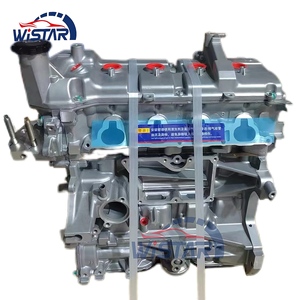
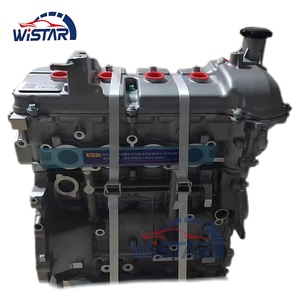


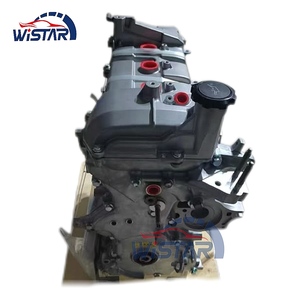
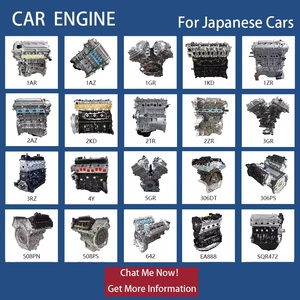







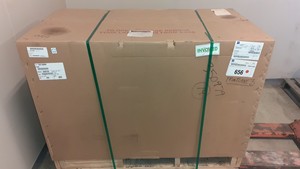



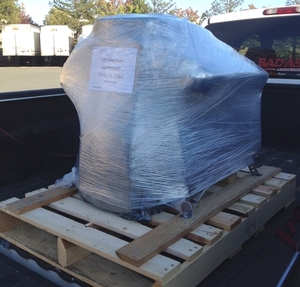
























































































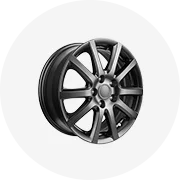
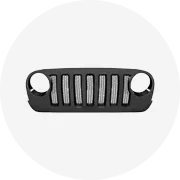
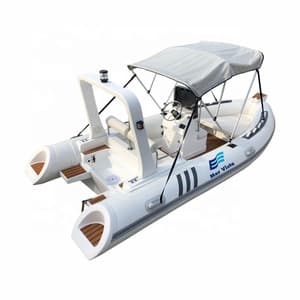
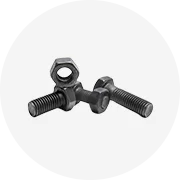
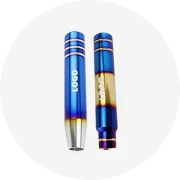
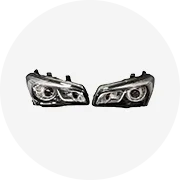
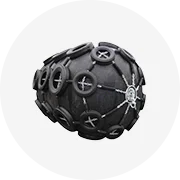
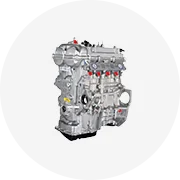
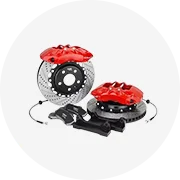
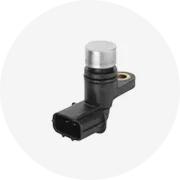

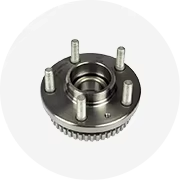

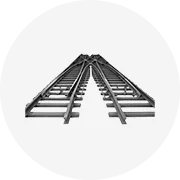
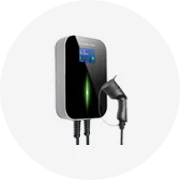
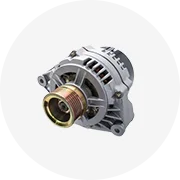






 浙公网安备 33010002000092号
浙公网安备 33010002000092号 浙B2-20120091-4
浙B2-20120091-4